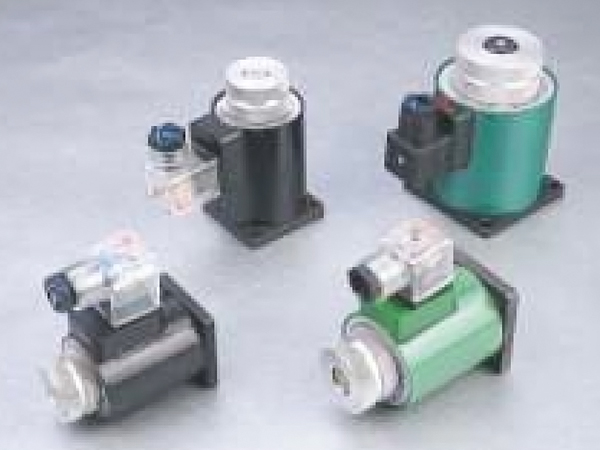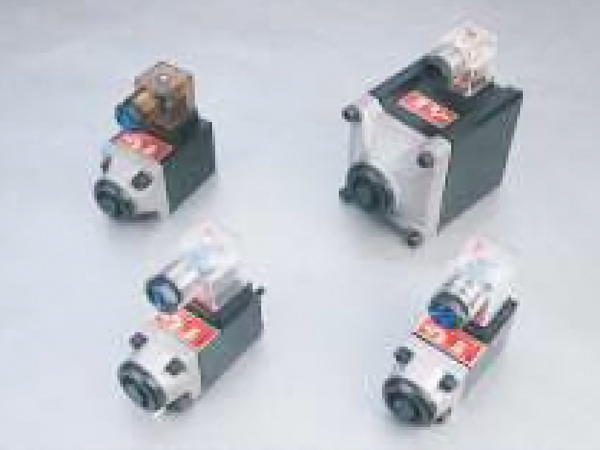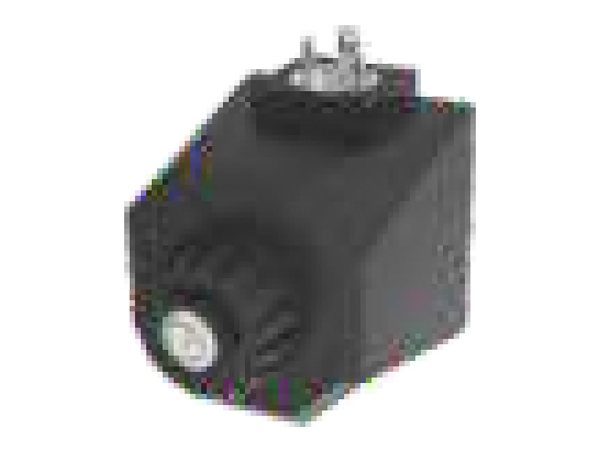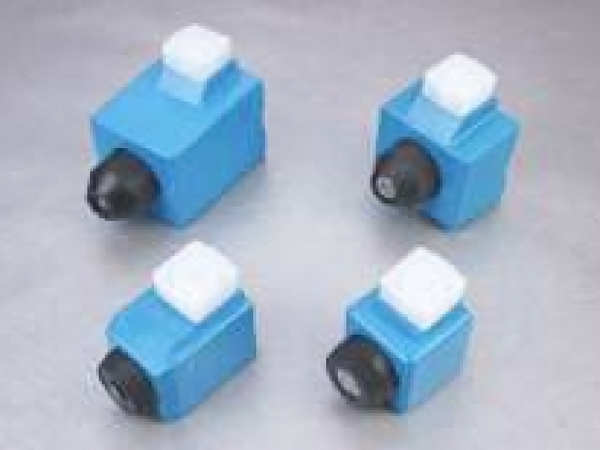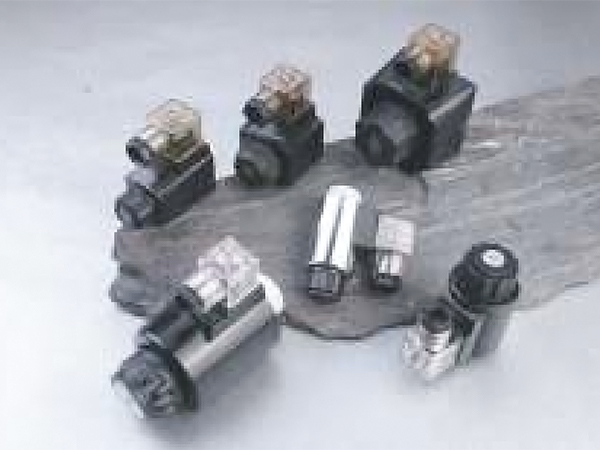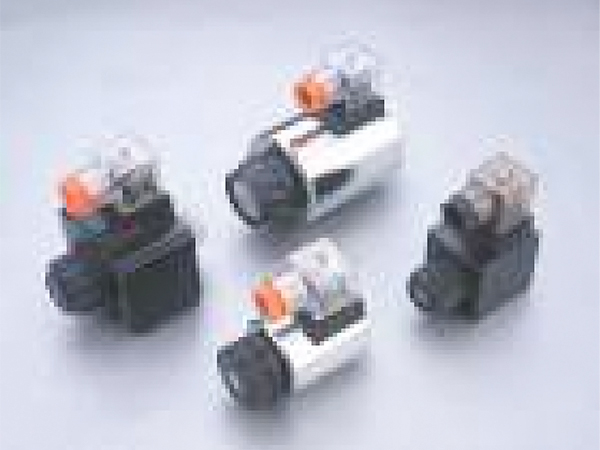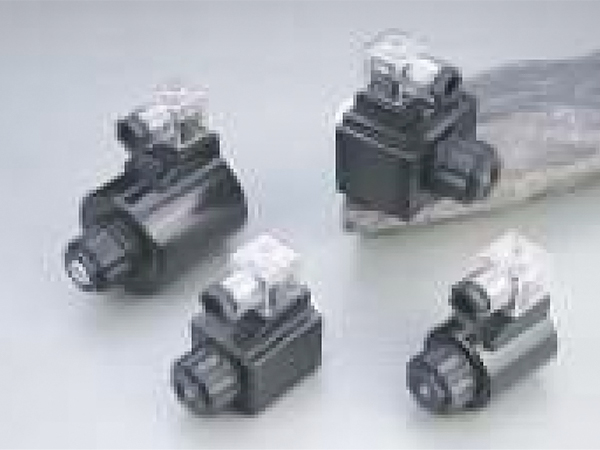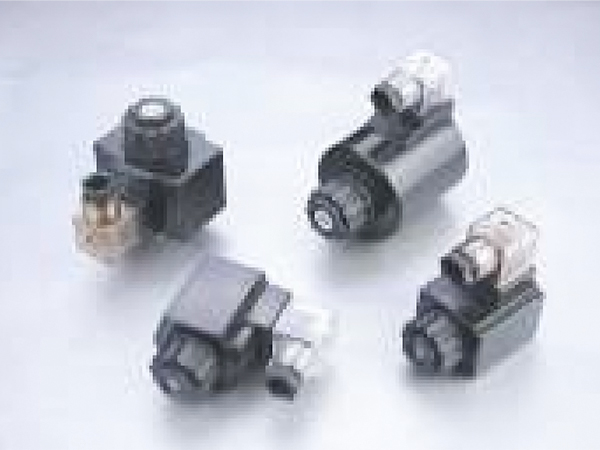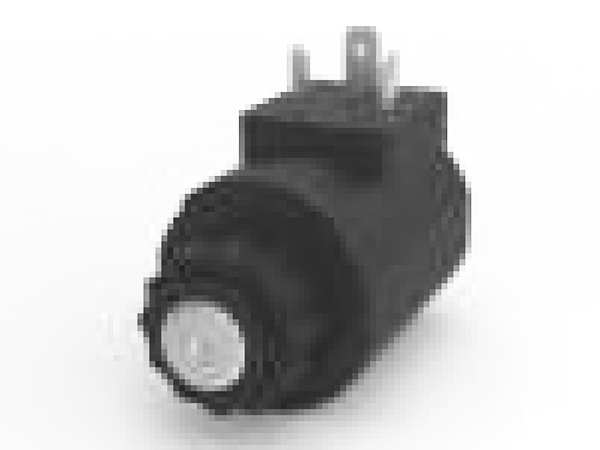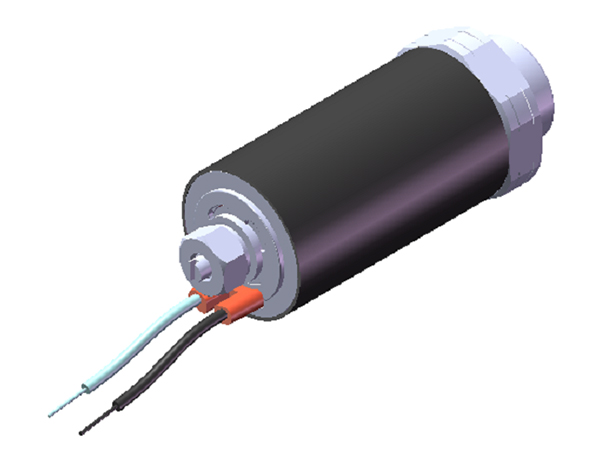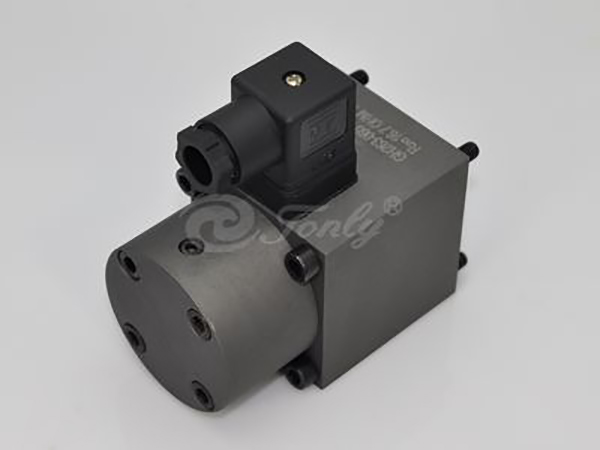How does the power consumption of the Coils for Cartridge Solenoid Valves vary by coil voltage and size, and what impact does this have on system energy efficiency?
Coils designed for higher voltages have higher internal resistance due to longer or thinner wire windings, resulting in lower current draw and more gradual heat build-up. Conversely, low-voltage coils (e.g., 12 VDC) require more current to generate the same magnetic field strength, resulting in higher instantaneous power consumption. The coil size also plays a key role: larger coils with more winding layers or thicker gauge wire naturally require more electrical energy to magnetize the core fully and maintain magnetic flux density over time. For example, a 12V DC coil may consume 18–24W inrush power, while a 24V DC equivalent might consume only 12W for the same application due to higher resistance and reduced current flow.
The operational cycle of a solenoid coil consists of an inrush phase and a holding phase. Inrush power is higher and occurs at the moment of actuation, while holding power is lower and represents the energy required to maintain the solenoid in its actuated state. For Coils for Cartridge Solenoid Valves, smaller coils often complete inrush and settle into holding mode more quickly, resulting in brief but intense energy usage, whereas larger coils may take longer to stabilize but operate more thermally efficiently over time due to better heat dissipation. Coils designed for continuous duty (100% ED) are optimized to minimize power consumption during holding by reducing current while maintaining magnetic strength, often through circuit design enhancements such as pulse-width modulation (PWM).
At the system level, the total energy efficiency depends on the number of valves in operation, the duty cycle, and the duration of coil energization. In high-density hydraulic or pneumatic systems where multiple solenoid valves are energized simultaneously, even small differences in power consumption per coil can lead to significant cumulative energy draw, increased power supply requirements, and higher operational costs. For instance, using 10 coils rated at 20W instead of 10W can double the load on the power supply and increase thermal output, potentially requiring additional cooling solutions. Excessive energy usage contributes to faster degradation of the coil insulation and shortened service life if not managed properly.
Higher power consumption leads to more internal heat generation, which must be dissipated to avoid thermal degradation. This not only impacts energy efficiency but also affects component longevity and safety. Larger or less efficient coils may generate more heat, requiring the use of heat sinks, ventilated enclosures, or derating of performance in high ambient temperatures. Modern coil designs attempt to optimize winding layout and magnetic circuit geometry to reduce I²R (resistive) losses and maximize energy conversion efficiency, thereby lowering heat buildup and extending operation life.
To achieve energy-efficient system designs, users select coils based on voltage standardization, optimized power consumption ratings, and heat performance. Low-power or latching coil variants can be specified to reduce energy use in low-duty or battery-powered applications. In applications that require extended hold times, engineers may opt for low-wattage coils with integrated economizer circuits, or dual-winding designs that reduce current after initial actuation. Choosing the correct voltage variant (e.g., 24VDC vs. 12VDC) in line with system design reduces conversion losses and improves overall energy performance.
For more information, please call us at + 86-574-88452652 or email us at [email protected].
Product Categories
The Proportional Solenoid for Hydraulics is designed to provide fine-tuned regulation of fluid flow ...
Hydraulic presses are used in industries such as metalworking, plastic molding, and stamping. Hydrau...
The integration of an External Shock-Absorbing Solenoid Valve provides substantial improvements in s...
Coils for Cartridge Solenoid Valves used in mobile hydraulic and industrial equipment must be design...
Coils designed for higher voltages have higher internal resistance due to longer or thinner wire win...
The precise alignment of the Hydraulic Position Sensor is fundamental to its operation. For the sens...

 English
English 简体中文
简体中文